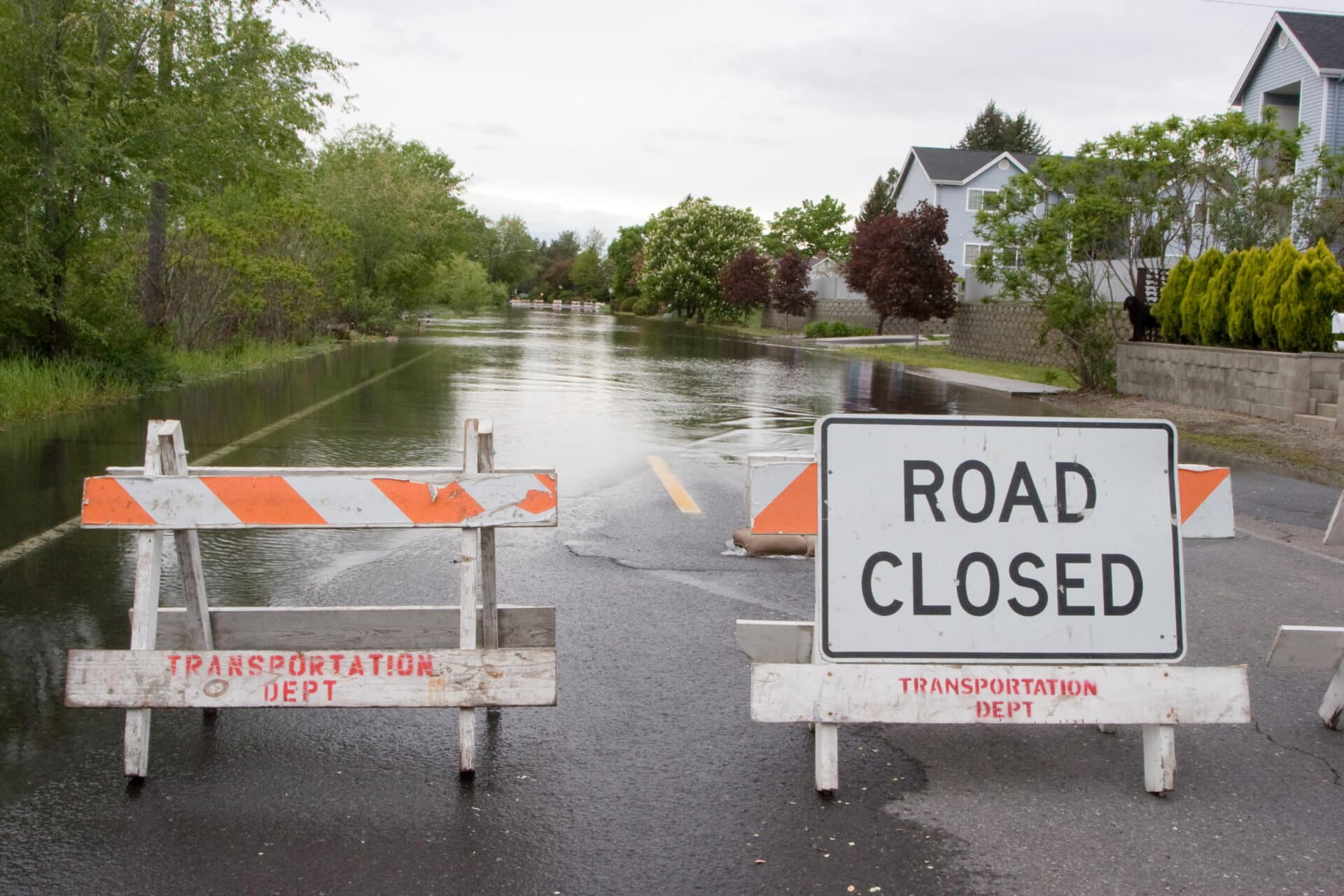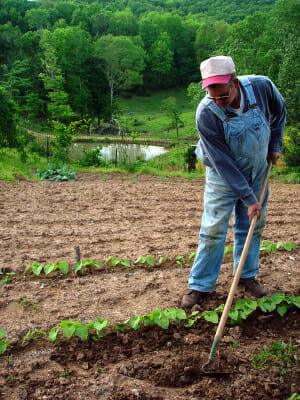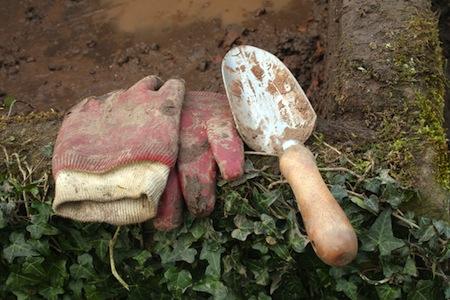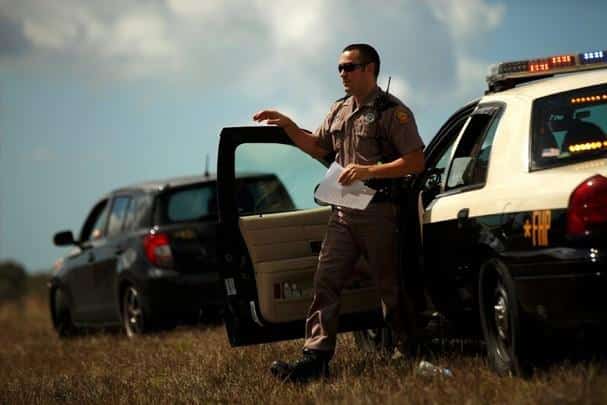Flooding in Midwest farmlands has gotten out of hand, destroying hundreds of millions of dollars worth of farms, livestock and stored grain from last fall’s harvest; once again reminding us of the devastating power of water. While not totally unexpected, this year’s flooding is the worst in recorded history, covering large parts of several states. Yet that’s not the worst; additional flooding may affect as many as 25 states before spring is over.
Reading the testimony of some of the farmers in the Midwest, it seemed that the flooding happened rather quickly, even though they knew that the river was rising. Some of them said they could see the wall of water coming at them, three feet high and 100 feet wide. There’s little you can do about that. In this case, the real problem for most of the farmers came when the levees broke, essentially creating a flash-flood situation.
Levees are great… when they work. But all they are is a pile of packed dirt, running alongside a river or canal. That means that when the water rises too much, it will reach the top of the levee, spilling over the side and eroding it away rapidly. While I don’t know if that’s what happened in the Midwest, I’d be willing to wager it did. After all, there are places where the water has risen over ten feet!
Flooding is one of the harder natural disasters to prep for. In most cases, rising flood waters will actually invalidate your preps, either by covering them with water or making your home uninhabitable. Unless you have a prepared and stocked survival retreat to go to outside the flood zone, there’s a good chance that all you’re going to have going for you is your bug out bag and vehicle.
First Problem – Can You Save Your Home From Flood Waters?
The two biggest questions about any flood are:
- How bad is it going to get?
- Can I save my home?
Of course, the answer to the second question is going to depend a lot on the answer to the first. If all you are likely to get is a few inches of water, you can probably save your home by putting sandbags across your doorways and keeping the water out. If you don’t have sandbags, hang garbage bags there and partially fill them with water; it’ll work just as good if not better.
But that’s only going to work if flood waters are of minimum concern. It’s not going to do you much good if you have three feet of water coming. For that, you’ll need a much bigger barrier to protect your home from flood waters. I was in North Dakota several years ago in an area which is known for flooding every spring. The farmhouses there all had private levees around them, so did the town. They were ready for the flood.
Sandbags
Nonetheless, you and I probably don’t have a private levee and we may not have enough land to build one. That doesn’t mean we can’t protect our homes though. Sandbags have long been used to protect mankind from flooding. Building a sandbag wall around your home may be a lot of work, but if properly done it will protect your home.
So, how do you do it properly? First of all, you need to build your sandbag barrier high enough to ensure that the water can’t come over the top. Just to be sure, I’d build it higher than what the flood waters are forecast to be. A little extra isn’t going to hurt.
A properly built sandbag wall isn’t just a straight stack of sandbags. Rather, you need to build it more like a pyramid, with the base wider than the top. You should stagger the bags like a brick wall as well to make sure that the seams aren’t lined up with one another, thereby creating a possible leak.
The other thing is to build the wall at least a couple of feet away from your home rather than right up against your walls. That way, you can have a walkway to go around your home and check for leaks. Make sure you’ve got a pump or two as well so that you can pump out any water that manages to leak in through your sandbag wall.
Flood Waters And Sandbag Alternatives
A newer way instead of sandbags is to use water-filled plastic tubes, kind of like big water balloons. As with the sandbags, these need to be stacked so that the base is wider than the top. You should have essentially two on the bottom with one on top. The weight of the water will keep them in place, making an effective barrier against the water.
While this solution is more expensive than sandbags, it is much easier than having to shovel sand into sandbags, and once filled they will flow together and close the gaps.
Second Problem – Getting Away From Flood Waters
Regardless of whether you are planning on trying to save your home or not, you have to have a bug out plan for flooding. Actually, you may need more than one as a lot will depend on when you make the decision to bug out.
Ideally, you’ll bug out before the flooding hits. If that’s the case, all you need is your bug out vehicle, packed and ready to go. Hopefully, you’ll make that decision before everyone else does so you won’t end up stuck in a 100-mile long parking lot that’s supposed to be a highway.
Nevertheless, you can’t necessarily count on your ability to get away before it’s too late. As I mentioned before, some of those farmers didn’t know there was a flood coming until they saw a wall of water heading their way. In cases like that, most of our bug out vehicles aren’t going to do us much good unless you happen to have something that’s high enough off the ground to travel in that kind of water. Even then, the sheer force of the water might roll your bug out vehicle over.
The answer to this problem is, of course, a boat. I don’t know about you, but the idea of investing several thousand dollars in a boat just to have it in case of flooding doesn’t really thrill me. However, investing a few hundred in an inflatable boat isn’t all that bad. While that may not be ideal, it would allow me to get myself and my family out of the water and away from home.
Prepping Your Home For A Bug Out
If you have to bug out to get away from the flood and if you have time to prepare your home but not to save it, you should use that time to try and get as many of your possessions above the expected water line. In a two-story home, this means putting everything you can on the second floor. If you don’t have two floors, then you’ll have to use the attic. This way, even if the water destroys your home, you’ll hopefully have something to rebuild your life with.
Third Problem – Where To Go?
I’m going to make the assumption that you either get away in your bug out vehicle or in an inflatable boat. In either case, you’re only going to be able to take a limited amount of things with you, perhaps only your bug out bags. That might be enough for a few days, but then what?
This is probably one of the best arguments for having a supply cache that is away from your home. That cache needs to be far enough away so that it won’t be caught in the flood waters. That probably also means that it needs to be at a bit higher altitude than your home. This, so that the flooding that inundates your home won’t be able to reach the supply cache.
Ideally, any supply cache would be located at your survival retreat. But that’s assuming you have a survival retreat. If you don’t, then you’ll want to have someplace in mind where you can stay which is close to your cache. Whether that means someplace you can camp out, a home of a family member, or a hotel where you can get a room, you’re going to need someplace that your family can stay safe and dry while you wait out the flood. For the farmers in the Midwest, it looks like that’s going to be a couple of months at least.
Fourth Problem – Rebuilding Your Life
The hardest part of all this is going to be rebuilding your life. The destructive power of water is truly amazing. I’ve seen many a video of water destroying buildings by either floating them away or knocking them flat. Even if the water doesn’t do either of those, the water damage could be severe enough that it is not practical to rebuild your home. Notwithstanding, you’ll still need to rebuild your life.
With that in mind, your bug out bag should include things which will help you with that rebuild after the flood waters have receded. The first and most important thing you want to make sure you take is your important paperwork. This includes things such as birth certificates, property deeds, marriage licenses, college degrees, professional certifications, and car titles. Medical records are a good idea too, especially if you have any family members with chronic health issues. If you can, take them in hard copy form. If not, scan them onto a flash drive and take that with you.
Don’t Forget To Take Items With Sentimental Value
The other thing I’m going to mention here is a bit controversial. Even so, I feel that it is important for rebuilding your life. That is, I would recommend taking a few things of sentimental value; things that help to identify your family. These could be family heirlooms, photo albums, or something that represents a special time you had together as a family. You should take whatever means something to you.
These items will help make your new house feel more like home, wherever it is and whenever you get there. They will help hold your family together. More than anything, they will help remind your family of its past. They’ll remind you that there was a time before the flood when everything was all right.
The trick here is going to be picking the right items to take. You obviously can’t take everything and you probably can’t take big things. So they need to be special things; things that everyone in the family has an emotional attachment to. You’ll want to take some time to think about what those are ahead of time. Be sure to add them to your list so that they don’t get left behind.
You may also enjoy reading an additional Off The Grid News article: Save Lives By Being Prepared For Dangerous Communications “Blackouts”










